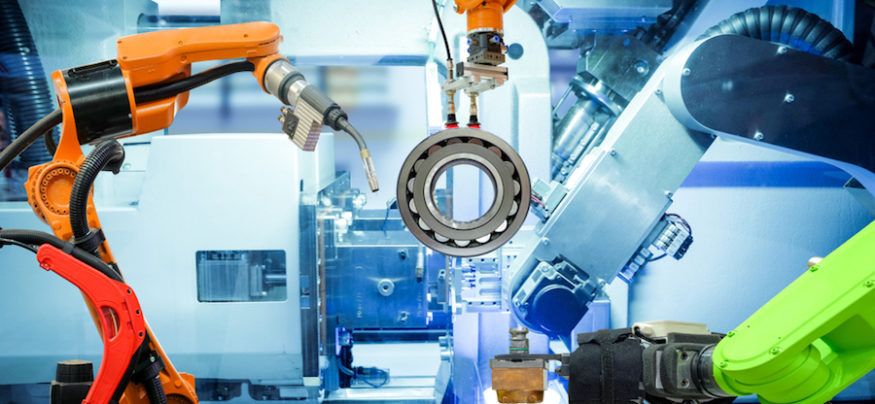To meet sales goals and deliver on orders in a timely fashion, manufacturing companies need to maximize production. Uptime, which measures how long a machine is actually functioning and producing, is one key performance indicator for how efficiently you accomplish this task.
Unfortunately, studies show that many companies don’t have a firm handle on the numbers.
In a recent survey of 450 participants from a variety of manufacturing industries, 70 percent said they lacked “complete awareness of when equipment assets are due for maintenance or upgrade.” Such opacity can be costly. According to Aberdeen Research, unplanned downtime costs businesses an average of $260,000 per hour!
The United States is expected to regain the top spot in global manufacturing competitiveness by 2020 and, according to research from Industry Week, one of the competitive differentiators that more than 50 percent of manufacturing companies rely on is improvement in order-to-delivery lead times. To get there, they need to increase uptime.
Fortunately, there is a path forward. Companies that can effectively corral, analyze and act on the Big Data collected from machine sensors on the production floor can register improvements in uptime and gain a competitive advantage.
The Whys and Hows of Uptime
A number of factors can reduce manufacturing uptime. Inefficient scheduling of batch production processes; asset breakdown; lack of qualified operating personnel; missing production components due to supply chain inefficiencies — these are all factors that can cut into uptime and diminish the bottom line.
Modernize Your Factory With Mobile
Get your free guide to the mobile technologies that will accelerate your smart factory journey. Download Now
Enterprise Asset Management (EAM) software is an essential tool for addressing these issues. Today’s lean manufacturing processes demands automation of IIoT (Industrial Internet of Things) data gathering and analysis — something which specialty EAM software does efficiently. When used well, EAM software gets to the root of problems before they can cause costly failures. It captures and analyzes performance data from assets to assess asset health. When the a mobile version of the software detects a potential for failure, it send an alert to a mobile device, and production personnel can then proactively schedule maintenance to optimize uptime.
Read the Sensors
Industry 4.0 is not just a manufacturing trend — it’s the next revolution in manufacturing, where smart factories leverage real-time information and analytics to manage fleets of assets proactively. Today’s smart machines are fitted with sensors that measure the health of those assets through variables such as temperature, humidity and vibration. Factories that derive insights from that data will be the leaders in uptime.
Manufacturers work with two types of equipment: legacy assets, which might have smart sensors retrofitted after point of purchase, and more modern machinery with embedded sensors. EAM software can leverage the data from all sensors, embedded or otherwise; recognize potential problems before they negatively impact uptime; respond with manufacturer-inputted alerts; and use that data to make continuous improvements to the smart factory response strategy.
Why Mobility Matters
Maximizing uptime is a delicate dance: With an eye on asset ROI, companies don’t want to repair equipment unless absolutely necessary — but you don’t want to delay necessary repairs either. Asset mangers can set a custom temperature threshold on a motor and receive an alert when it is reached — this process can even trigger a work order. Mobile devices such as the ruggedized Samsung Galaxy Tab Active2 and the super-powerful Galaxy Note9 function as important conduits in this information relay, receiving alerts and work orders on the floor and providing scanning capability for follow-up diagnosis on equipment using bar codes. To keep the whole team coordinated, mobile devices can upload data to an onsite server or to the cloud for storage and further analysis — even from remote field locations.
Enterprise asset management software can increase manufacturing uptime and help keep the smart factory humming. EAM keeps a finger on the pulse of data streaming from retrofitted and embedded manufacturing devices, triggers alerts when needed, and enables shop floor personnel to use their mobile devices to complete the tasks needed to close the physical-digital-physical loop. Manufacturing companies can leverage mobile devices and EAM software to implement lean manufacturing technologies that give them a substantial competitive edge.
Learn more about using mobile technology to modernize your factory with our free white paper.








